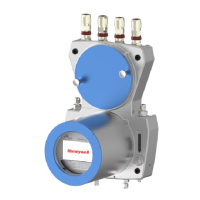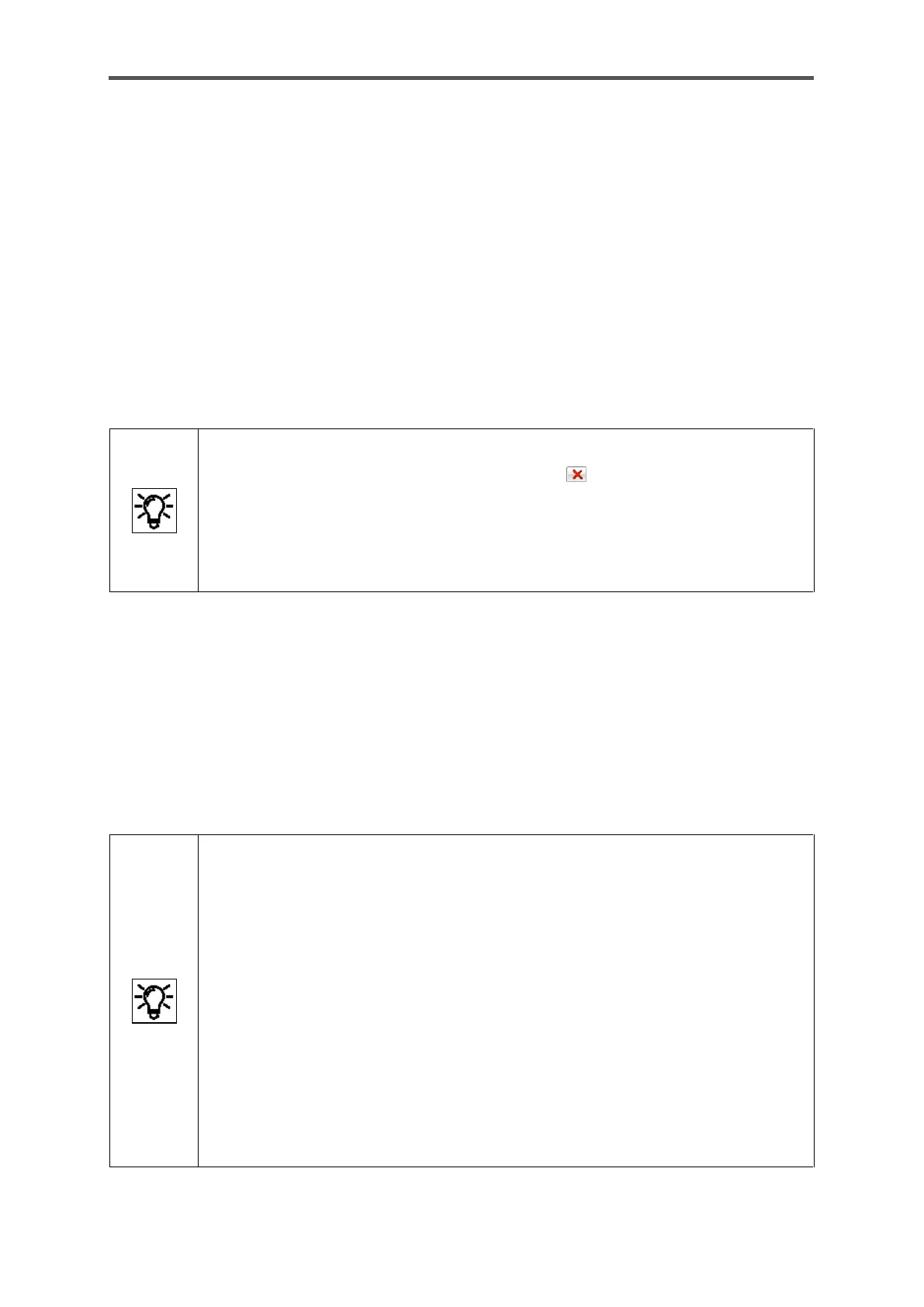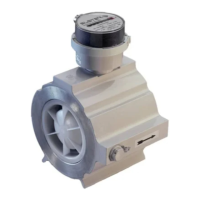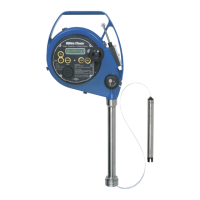CONFIGURATION AND ANALYSIS SOFTWARE ENSUITE
Information for general use
Rev. M / 73023639
Example
The units meter (m) and millimeter (mm) are pre-defined for the physical quantity Length as a
standard.
► To define the unit centimeter (cm), parameterize the following values:
The new unit Centimeter (cm) is available in the set of units for the physical quantity.
Deleting a user-defined unit by marking the row Area <Name> and clicking
the Remove symbol .
Please note that the user-defined unit will also be deleted
even if it is being used in the parameterization.
This will render the parameterization invalid; invalid references will be indicated in
red font as usual so you can correct the references manually.
Adjusting display formats of physical quantities
Display formats determine how values of a physical quantity are displayed in the device in the
associated unit. Display formats are defined for each combination of physical quantity/physical
unit by means of so-called format strings. They enable decimal and exponential representation.
The format for a decimal representation determines, for example, the number of places before and
after the decimal point.
Notation on the exponential representation:
In the exponential representation, each numerical value x is represented with two
values, with the mantissa m and the exponent e: x = m × 10e
The mantissa m is a rational number. In the normal representation, the mantissa
only has one significant figure before the decimal point.
The exponent is a whole number.
A number is displayed in the exponential representation on the device in the normal
representation and in the format: <m>E<e>
The exponent is displayed with at least two digits in the device. Where necessary a
leading zero (0) is added.
Example: In a standardized exponential representation,
the value 0.0000123456789 is 1.23456789x10-5 and
is represented in the device as 1.23456789E-05.

